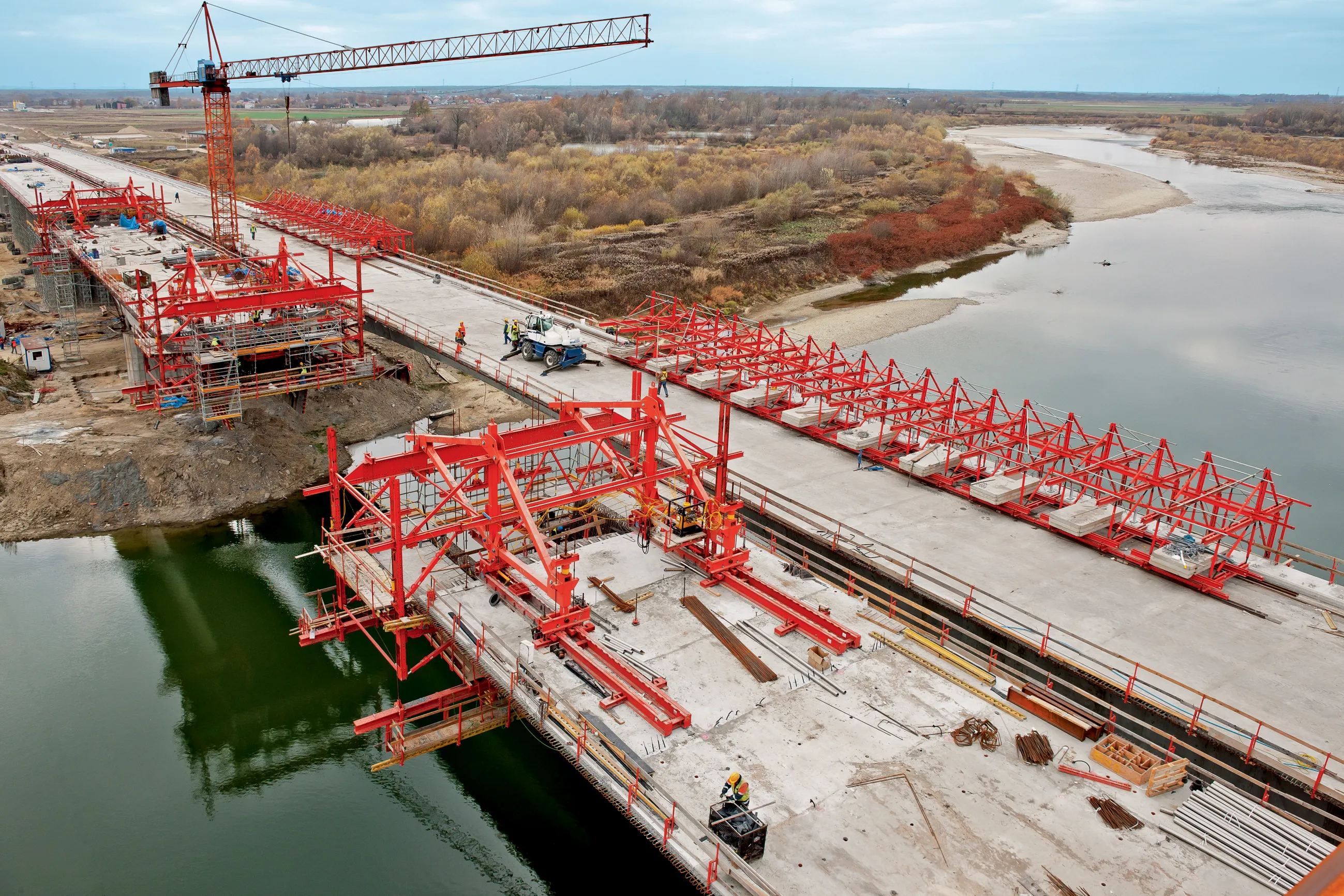Construction company Jan De Nul is using a fleet of Volvo machines for a key highway project in Belgium. The machines have been able to move 26,000m³/weekend on the project to upgrade a highway junction at Lummen, a small town 60km from Belgian capital Brussels. A fleet of 16 Volvo ADTs is being used for the work, to improve the intersection between the E313 and E314, which had become an accident blackspot. Designed some 50 years ago, the roads provide important links from Leuven, Antwerp and the port of Os
February 29, 2012
Read time: 2 mins

Construction company 3150 Jan de Nul is using a fleet of 2394 Volvo machines for a key highway project in Belgium. The machines have been able to move 26,000m³/weekend on the project to upgrade a highway junction at Lummen, a small town 60km from Belgian capital Brussels.
A fleet of 16 Volvo ADTs is being used for the work, to improve the intersection between the E313 and E314, which had become an accident blackspot. Designed some 50 years ago, the roads provide important links from Leuven, Antwerp and the port of Ostend in the west, to the Netherlands in the north and Germany in the east.
One of the biggest challenges of the €10 million project has been cutting through the embankment supporting the E313 in two places, removing 14,000m³ of soil from the first point and 12,000m³ from the second, and building two concrete bridges.
The bridges, built on site, weigh 6,000tonnes each and stand 40m wide, 40m deep and almost 10m high. These have to be shunted into place using specialist hydraulic jacks before pavers relay the surfaces across the top. The contractor has had to ensure the entire first phase of the project could be completed within a single weekend so that the E313 could be re-opened in time for the Monday morning rush-hour.
A fleet of 16 Volvo ADTs is being used for the work, to improve the intersection between the E313 and E314, which had become an accident blackspot. Designed some 50 years ago, the roads provide important links from Leuven, Antwerp and the port of Ostend in the west, to the Netherlands in the north and Germany in the east.
One of the biggest challenges of the €10 million project has been cutting through the embankment supporting the E313 in two places, removing 14,000m³ of soil from the first point and 12,000m³ from the second, and building two concrete bridges.
The bridges, built on site, weigh 6,000tonnes each and stand 40m wide, 40m deep and almost 10m high. These have to be shunted into place using specialist hydraulic jacks before pavers relay the surfaces across the top. The contractor has had to ensure the entire first phase of the project could be completed within a single weekend so that the E313 could be re-opened in time for the Monday morning rush-hour.








